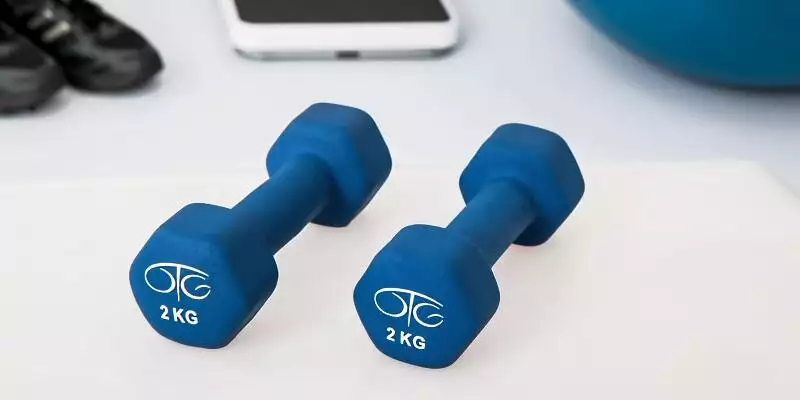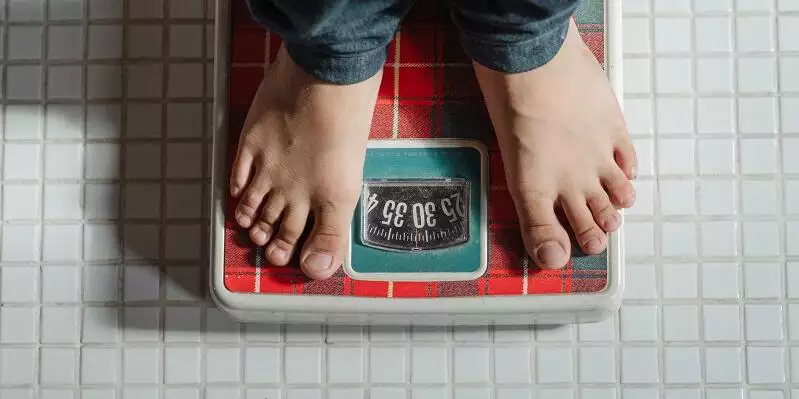One of the most common pelvic floor issues among women is urinary incontinence (peeing when you run, jump, sneeze, or cough). I experienced this issue after the delivery of my children and have worked with countless women who had these issues. Ladies, it is a common issue and nothing to be embarrassed about. Many women who have never had babies also have this problem, even very young girls can experience bladder leakage. Incontinence is one symptom of pelvic floor dysfunction, meaning the muscles and tissue of your pelvic floor are not relaxing or contracting appropriately. Many times this issue can be resolved and often more easily than you think. Living a life wearing pads or avoiding activities can be a thing of the past once you understand why this is happening and what you can do about it.
To help you understand why this happens let’s go over how your pelvic floor works. Your pelvic floor is made up of 16 different muscles, fascia, nerves, and blood vessels. There is an optimal length-tension relationship in the muscles and tissue of the pelvic floor giving it strength, flexibility, and elasticity. When this relationship is disrupted, it can lead to a pelvic floor that is too tight, too overstretched or a combination of the two. Pregnancy, childbirth, heavy lifting, age, obesity, constipation, pelvic surgeries, and radiation to the pelvis are all risk factors for developing pelvic floor dysfunction. You can experience pelvic floor issues without having any of these risk factors. When our pelvic floor has an inappropriate length-tension relationship within the tissues, a woman will often experience a variety of symptoms, one of the most common being incontinence.
In order to resolve or reduce incontinence, it often takes a little time and dedication. While many OBGYNs still recommend Kegels, more current research is showing they are not ideal for many women and for some can make the problem worse. Kegels are a concentric contraction and most suitable for a woman whose entire pelvic floor is overstretched. Many women are too tight throughout their pelvic floor and many have portions that are too tight and others that are overstretched/lengthened which can all lead to incontinence. Having a pelvic floor that is tight is not healthy and leads to many different problems yet it is a hard concept for many women to grasp. For women who have portions or all of their pelvic floor too tight doing Kegels would further tighten their tissues which can create more problems or make the existing problems worse. Pelvic floor exercises that use both concentric and eccentric contractions are ideal for women and will not only strengthen the pelvic floor but help create an optimal length-tension relationship.
These videos are three of my favorite pelvic floor exercises from my online programs to help you on your path towards pelvic floor health. They are designed to restore optimal strength and elasticity and promote an ideal length-tension relationship. A healthy pelvic floor is strong, toned, and responsive, and training your pelvic floor to be capable of lengthening and rebounding promotes this. Many women who experience incontinence will need an entire pelvic floor exercise program, not just a few exercises, to help resolve the issue. It is typical for many women to see improvement within 4-6 weeks while some may take as long as three months or more to see improvements. I have even had some women I work with experience results in as little as 4-5 sessions, though this is not typical.
Some women will also need to see an internal physical therapist and have the therapist’s hands or an instrument to break up scar tissue. While some need manual therapy, many will not once they consistently train their pelvic floor with an appropriate program. Pelvic floor exercises are not just for women experiencing problems, they can also be done for preventative purposes. Your pelvic floor is the base of your core and impacts your posture, movement, and more. Training your pelvic floor not only helps you reduce and eliminate issues that stem from it, but also promotes and supports a body that is strong from the inside out.
For more information and resources visit www.courtneyv.com.




